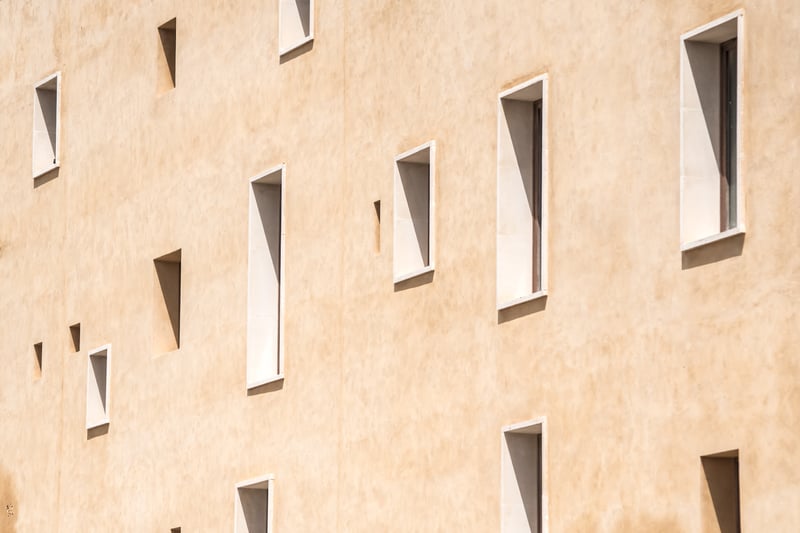SMP and SDA Reports explained
Sustainable Management Plans (SMP) and Sustainable Design Assessments (SDA) are documents that summarise the sustainable design features of new residential and non-residential developments. These documents are required by some councils within Victoria at the planning permit stage. These reports can often be what enables a project's approval, so we recommend that you have them completed by a qualified expert.
Within these reports, we will assess your development according to 10 key sustainable design criteria detailed below:
1. Indoor Environment Quality
To achieve a healthy indoor environment which facilitates the well-being of the occupants within it, building services and design features such as ventilation, orientation of windows, acoustics and lighting (to name a few) are considered to ensure that you remain comfortable all-year-round.
2. Energy Efficiency
Ensuring efficient energy use is not only an essential part of lowering your energy bills, but also in doing your part to minimise total greenhouse emissions. To maximise these objectives, we look at providing effective and efficient active and passive design solutions such as glazed windows, external shading, and renewable energy and HVAC systems.
3. Water Efficiency
As the driest populated continent on earth, efficient water consumption is of utmost importance to the dwelling and environment. To ensure that not a single drop goes to waste, we look at ways to encourage the collection and re-use of rain water and storm water, the use of efficient water fixtures; and adequate landscape irrigation (if required).
4. Stormwater Management
Stormwater can have a negative impact on your property and the environment as it transports nutrients, chemical pollutants and litter into our waterways. But stormwater has the potential to be a valuable resource by reducing the need for potable water usage. If well-managed, stormwater can instead be used to water your garden and promote water conservation.
5. Building Materials
Building materials come at the cost of environmental resources, but there are ways to minimise these costs and maximise their impact on your project through the encouragement of using materials with a favourable life-cycle assessment. Depending on your climate, materials with a high thermal mass such as concrete can be used to keep your indoor environment comfortable and reduce the need for maintenance.
6. Transport
With more incentive being placed on the production and use of electric vehicles, we can still do our part to reduce carbon emissions by designing solutions which minimise car dependency and ensuring that the built environment is designed to promote the use of public transport, walking and cycling.
7. Waste Management
Waste management is becoming an issue of growing significance as populations grow and individual carbon footprints increase. However, there are ways to combat this to ensure unnecessary waste is avoided, such as the re-use and recycling of materials during the design, construction and operational stages of development. These design ideologies are developed in conjunction with local, state and territory authorities to guarantee the long-term sustainability of a development.
8. Urban Ecology
Your garden can do more than simply look pretty. It can be designed to serve as a functional system which addresses amenities and assists your development in saving considerable amounts of water whilst providing an environment that native flora and fauna can thrive in. By keeping this in mind, an urban ecology can be developed which protects and enhances biodiversity whilst simultaneously improving the aesthetics of your development.
9. Innovation
Sustainability never stops and neither does innovation. Innovative technology, design and processes in all developments are used in conjunction to influence the sustainability of buildings. At Certified Energy, we constantly look to exceed expectations in the nine other key sustainable building criteria and remain at the forefront of emerging sustainable technologies.
10. Construction & Building Management
Every stage of the design, planning and construction process needs to be carefully analysed and managed to ensure that projects are completed with the sustainable practices in mind. Certified Energy will go the extra mile to ensure that environmentally certified and preferred materials are used in conjunction with environmental management plans to deliver affordable and sustainable outcomes.





